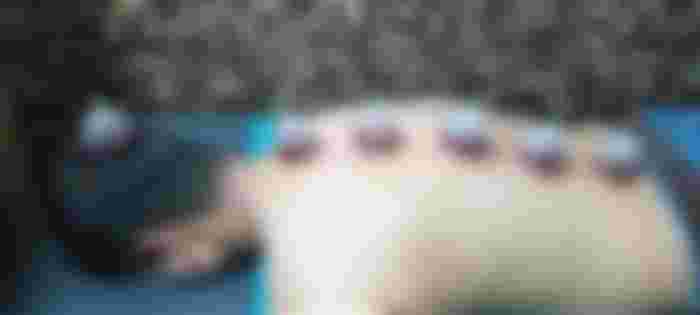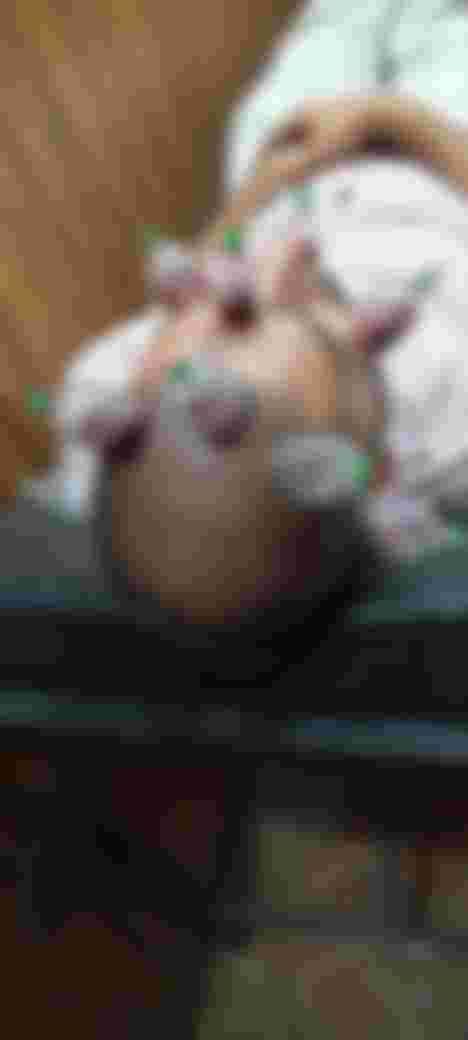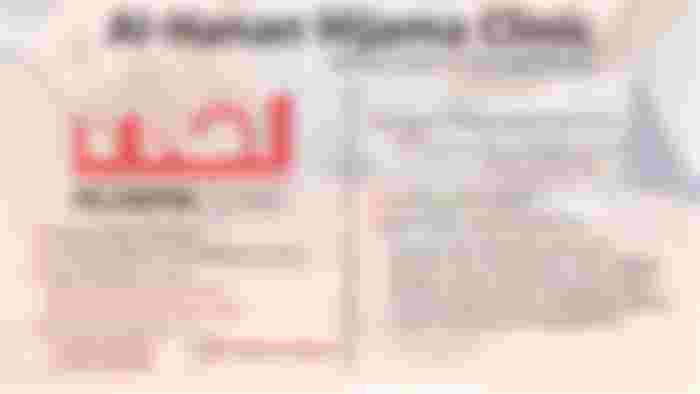Cupping also known as Hijama in Islam.
Cupping is an ancient medical treatment that relies upon creating a local suction to mobilize blood flow in order to promote healing.
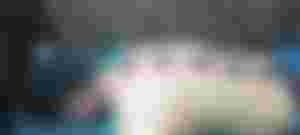
Cupping is also beneficial for people without any medical conditions who are just wanting a detox.Its practice mainly occurs in Asia but also in Eastern Europe, the Middle East, and Latin America. But this therapy that originated in China. Cupping has been characterized as a pseudoscience and its practice as quackery. In the United States and Canada, you would need to be a healthcare professional with a license to touch granted by the certification board that handles your specialty.
Cupping therapy has more advantages than acupuncture, such as a non-invasive therapy with relatively shorter treatment duration and potential less treatment cost.
The Therapist
A certified ACE Massage Cupping practitioner. Cupping Therapist- the therapy is offered to males & females.
The Treatment
A wet cupping procedure- This is a safe and painless procedure. A mild suction is created using a cup and pump on selected treatment area and left for approximately up to 10 minutes. The cup is then removed and small superficial skin incisions are made using a sterile blade. A second suction is used to carefully draw out a small quantity of the toxic blood which lies beneath the surface of the skin.
Cupping therapy is the best remedy to treat the following:
Bodily pains: back pains, muscular pains, uric acid , cholesterol, sports related injuries
Chronic illnesses: asthma, fever, diabetes, high blood pressure
Other: migraines, weight loss, neurological disorders, insomnia depression, eczema, acne, infertility, hormones problem and many more. Cupping encourages tissues to release toxins.
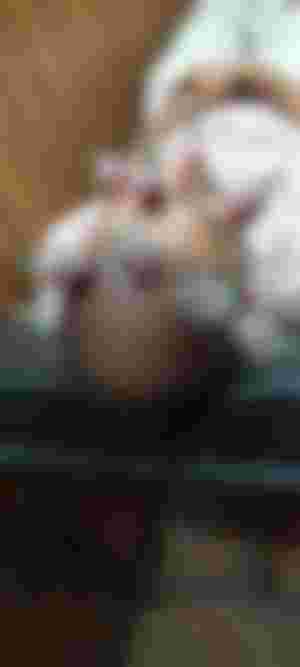
How Cupping Helps Female Infertility?
Induces ovulation and helps when women do not ovulate or have anovulatory cycles
Cures imbalances of the thyroid gland
Removes blockages and inflammation in the fallopian tubes
Helps remove defects in the luteal phase
Cures endometriosis or problems where the lining of the uterus forms outside of it
Helps with hirsutism when hormone imbalances result in the woman having excessive hair on the face and body
Balances the hormones in the body when imbalances cause the formation of cysts in the ovaries, also called Polycystic Ovarian Syndrome (PCOS).
Help With Regulating Menstruation
Helps With Painful Menstruation and Cramps..
What should not be doing after cupping:
* Don't shower immediately after cupping. Keep the areas that were treated covered and warm.
* Avoid alcohol. You may feel fatigued or experience flu-like symptoms the next day.
* Avoid Caffeine, alcohol, sugary foods and drinks, dairy, and processed meats. These foods slow down your body's ability to process the treatment.
* Hot showers, saunas, hot tubs and strong air conditioning. ...
* Intense exercise.
* Cold and windy conditions.
what you should do after cupping:
After the cupping session, it is advisable (but not essential) to
* Drink water or eat a spoonful of honey or some dates.
* Rest for 10 to 15 minutes before exerting yourself.
* Rub black seed oil, olive oil or another natural oil over the cupped area.
* Eat or drink more fresh fruit/vegetables and juices.
* Reduce intake of salt, tea and coffee for 24 hours.
* Drink plenty of water and herbal teas.
* Rest if you feel lethargic or nauseous.
* Take a walk but not exert yourself.
* Relax and reflect: you've detoxed your body, now detox your mind.

Cupping can cause side effects such as persistent skin discoloration, scars, burns, and infections, and may worsen eczema or psoriasis. Rare cases of severe side effects have been reported, such as bleeding inside the skull (after cupping on the scalp) and anemia from blood loss (after repeated wet cupping).
You should also forego cupping if you have: Bleeding disorders like hemophilia. Blood clotting problems, such as deep vein thrombosis or history of strokes. Skin conditions, including eczema and psoriasis.Generally speaking, patients under the age of 60 tolerate cupping quite well. Once or twice weekly treatment can safely be administered (with the exception of Bleeding cupping). When treating patients over the age of 60, and in particular over the age of 70, more attention has to be directed towards the skin condition.
Cupping might provide some relief for chronic neck or back pain, but that the quality of the evidence was too limited to draw firm conclusions. One problem is that it's tough to perform a high-quality study on cupping.
Like acupuncture, the practice of cupping has been around for centuries and has been traced back to China. Many Eastern medicine practices have gained acceptance in the United States and other Western countries, and are often combined to help with pain, inflammation, weight loss, and stress relief, among other things.
Cupping is widely practiced in Pakistan and easily to obtain treatment.
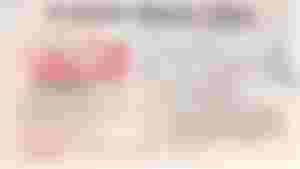
Cupping does have benefits when it comes to pain relief, but you will have to fr I for yourself to see the results as i have had a good experience and will definitely be doing it again...
